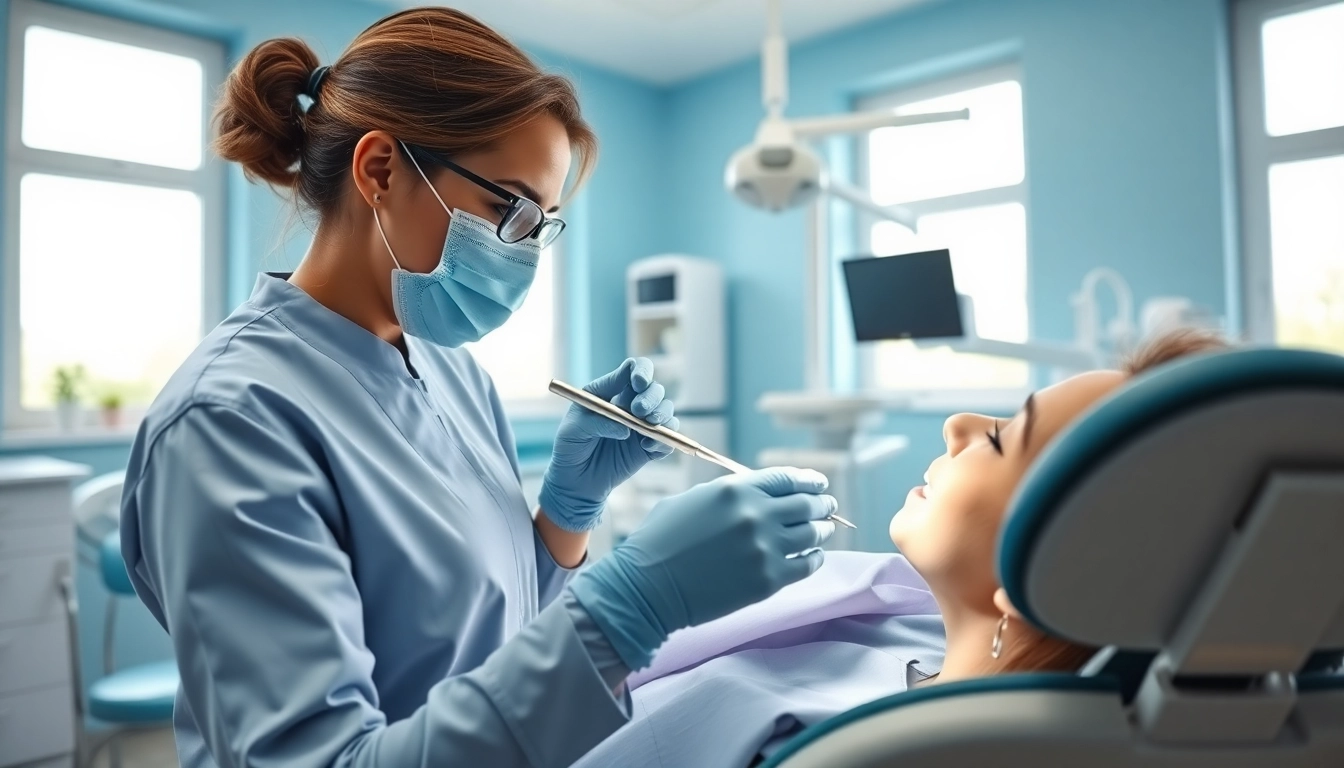
What are Dental Cleanings?
Dental cleanings are a crucial component of maintaining optimal oral health. These professional cleanings are conducted by dentists or dental hygienists and serve to remove plaque, tartar, and bacteria from the surfaces of the teeth. Regular dental cleanings help prevent various dental issues, ensuring that your teeth and gums remain healthy over the long term.
The Purpose of Dental Cleanings
The primary purpose of dental cleanings is to remove the accumulation of plaque and tartar that can lead to cavities and gum disease. Plaque is a sticky film composed of bacteria, while tartar refers to hardened plaque that can only be removed with dental tools. By scheduling regular cleanings, patients can significantly reduce their risk of developing serious oral health problems.
How Often Should You Schedule Dental Cleanings?
Most dental professionals recommend that individuals schedule cleanings every six months. However, some patients may require more frequent visits depending on their specific oral health needs. For instance, those with a history of gum disease may need cleaning every three to four months. Factors such as age, lifestyle habits, and existing dental conditions can all influence how often you should have a cleaning.
Types of Dental Cleanings
There are generally four types of dental cleanings:
- Prophylaxis Cleaning: The standard cleaning for those with good oral health.
- Scaling and Root Planing: A deep cleaning for individuals with gum disease.
- Periodontal Maintenance Cleaning: Follow-up cleanings for patients with a history of gum disease.
- Full Mouth Debridement: A thorough cleaning needed when heavy tartar buildup is present.
The Dental Cleaning Process Explained
Pre-Cleaning Examination
Before the cleaning begins, the dentist or hygienist will conduct a thorough examination of your mouth. This includes checking for signs of gum disease, cavities, or other oral health issues. X-rays may be taken if necessary, which help in assessing the health of teeth that are not visible to the naked eye.
Steps Involved in Dental Cleanings
The dental cleaning process typically consists of several steps:
- Physical Examination: An inspection of the teeth and gums to identify potential problems.
- Removing Plaque and Tartar: Using specialized dental instruments, hygienists carefully remove plaque and tartar buildup from the teeth.
- Gritty Toothpaste Cleaning: Teeth are polished using a flavored gritty toothpaste to help remove surface stains.
- Flossing: Expert flossing is performed to remove any residue between the teeth, ensuring complete removal of debris.
- Rinsing: A fluoride rinse to help strengthen enamel is typically offered at the conclusion of the cleaning.
Post-Cleaning Care Tips
After your dental cleaning, it’s important to follow some care tips to maintain oral health. These include:
- Brush your teeth at least twice a day.
- Floss daily to prevent plaque buildup.
- Use fluoride toothpaste for added cavity protection.
- Maintain a balanced diet low in sugars and acidic foods.
- Stay hydrated to help wash away food particles and bacteria.
Benefits of Regular Dental Cleanings
Preventing Gum Disease
One of the most significant benefits of regular dental cleanings is the prevention of gum disease, which starts with gingivitis and can lead to more serious conditions such as periodontitis. During cleanings, deep-seated plaque is addressed, and gum health is monitored, making it easier to catch any issues early.
Maintaining Overall Oral Health
Maintaining overall oral health goes beyond just having a bright smile. Regular cleanings help detect problems early, which can save you from more extensive treatments later on. A clean mouth can also contribute to better overall health, as oral health is linked to many systemic health issues, including heart disease and diabetes.
Enhancing Smile Aesthetics
Regular cleanings not only help your teeth stay healthy but also contribute to the aesthetics of your smile. With the removal of stains and buildup, your teeth will look and feel their best. A bright, clean smile can boost confidence and improve social interactions.
Common Concerns About Dental Cleanings
Do Dental Cleanings Hurt?
Many patients express concern about the discomfort associated with dental cleanings. While some sensitivity might be experienced, especially in individuals with gum disease, modern dental practices use techniques and anesthetics to minimize pain. Open communication with your dental professional can also help alleviate anxiety and ensure a more comfortable experience.
What to Expect During Your Visit
During your visit, you can expect a professional setting where your dental hygienist will guide you through the cleaning process. The techniques are generally routine, but each patient’s experience can vary slightly based on their unique dental history.
Addressing Anxiety Around Dental Cleanings
Dental anxiety is a common issue faced by many patients. Discussing your fears with your dentist can lead to tailored solutions that can ease your anxiety. Consider techniques like deep breathing, opting for a distraction during the cleaning, or even sedation options if necessary.
Choosing the Right Dentist for Your Dental Cleanings
What to Look for in a Dental Professional
When selecting a dentist for your cleaning, consider factors such as:
- Credentials and experience.
- Reviews and testimonials from previous patients.
- Office atmosphere and staff friendliness.
- Range of dental services offered.
Understanding Treatment Options
Each dental professional may offer different treatment options. It’s essential to understand the services they provide, including preventative measures, cosmetic enhancements, and restorative work. This knowledge can help you choose a dentist who aligns with your oral health goals.
Staying Informed About Dental Care Practices
Staying informed about the latest dental practices can help you make educated decisions regarding your oral care. Regularly seeking information about innovations in preventative care, treatments, and technology can empower you to take an active role in your oral health journey.